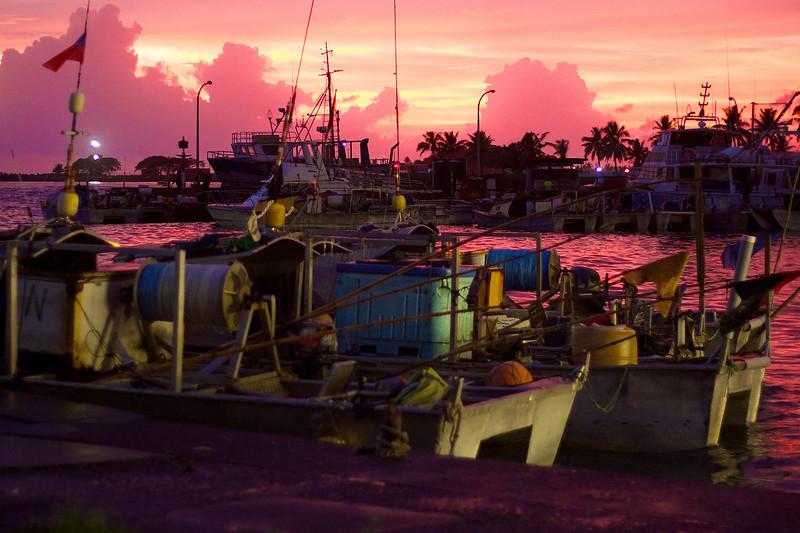- عربي
- 中文
- English
- Français
- Русский
- Español
- Home
- Support for LDC graduation (Gradjet)
- How to prepare for graduation
- Smooth transition strategies
Smooth transition strategies
Links, citations or other references to external websites or documents should not be seen as an endorsement on the part of the United Nations of external organizations not part of the United Nations system, including non-governmental organizations, or of commercial products or services.
The General Assembly has encouraged countries approaching graduation to develop a smooth transition strategy. There is no blueprint for smooth transition strategies, but guidance can be found in:
The smooth transition strategy is the responsibility of the government of the graduating country, and should take into account the country's circumstances, priorities, the national development planning cycle and any other relevant plans and programmes. The General Assembly recommends that “the national smooth transition strategy (…) include a comprehensive and coherent set of specific and predictable measures that are in accordance with the priorities of the graduating country while taking into account its own specific structural challenges and vulnerabilities as well as its strengths”. It can include both specific actions to deal with short- and medium-term impacts and broader strategic direction, for example in issues related to productive capacities.
Countries have approached the smooth transition strategy in different ways. Here are some examples:
-
In Lao PDR, preparation for graduation, including the formulation of the smooth transition strategy, is being led by the Ministry of Foreign Affairs (MoFA), with whole-of-government contributions, consultations with development partners, private sector and civil society and financial and technical assistance under the United Nations Sustainable Development Cooperation Framework (which includes a specific component on LDC graduation). Formulation of the smooth transition strategy began in November 2021. A draft strategy was discussed during a national consultation involving more than 100 government officials, development partners, and representatives of the private sector and civil society. The national consultation served to enable stakeholders to better understand the implications of graduation and to provide their views on the specific actions proposed to mitigate the negative impacts of graduation and to leverage emerging opportunities. LDC graduation was also discussed in the context of the donor roundtable meetings. This presentation by the Vice-Minister of Foreign Affairs at the 2022 Round Table Implementation Meeting contains an overview of the smooth transition strategy process, main elements, challenges and way forward.
-
Bangladesh has adopted a ‘whole of society’ and systematic approach in preparing for graduation. In 2019, the Government established a National Committee on Graduation (NCG), chaired by the Principal Secretary to the Hon. Prime Minister, to ensure that relevant key stakeholders are actively engaged in the preparation of the national smooth transition strategy. The NCG has seven thematic subcommittees with membership comprising of government officials, think tanks, academia, private sector, development and trade partners. Preparation of the smooth transition strategy is led by a specific subcommittee, chaired by the Economic Relations Division (ERD) of the Ministry of Finance. The subcommittee has a Joint Task Team (JTT) with government officials, private sector and development partners membership. Formulation of the strategy began in January 2022.. All seven subcommittees have provided inputs to the smooth transition stragegy, informed by various consultations, workshops, seminars, studies and related policies and strategies. The process is ongoing, and a number of studies are being undertaken to address specific issues related to graduation. A draft smooth transition strategy is expected to be produced by December 2023 and finalized in 2024. More information on Bangladesh's preparation for graduation and a smooth transition is available here.
- Vanuatu's National Coordinating Committee on LDC Graduation identified actions required to address the negative impacts of the loss of LDC-specific support measures. Some were already considered in the country's national strategic plan and sectoral policies, and others were reflected in a separate smooth transition strategy document.
- Bhutan has linked the preparation of its smooth transition strategy to its 12th five-year national development plan. It carried out comprehensive consultations and received support from UNCTAD on elements to consider in a smooth transition strategy. According to its report to the CDP in 2021, one of the features of the 12th five-year plan is a flagship programme to address priority national issues requiring collaboration and coordination through the implementation of high-impact activities. Bhutan requested, and the CDP, ECOSOC and the General Assembly approved, an extended preparatory period in order to address last-mile challenges in critical sectors and ensure a sustainable graduation. Some of the high priority national issues to be addressed through the flagship programmes are economic growth and diversification, employment generation, access to reliable and safe drinking water, rural income generation, efficiency and effectiveness of public services, and waste management.
- In April 2021, Bhutan created the LDC task force led by Gross National Happiness Commission Secretariat which includes representatives from the Ministry of Finance, Ministry of Economic Affairs, Ministry of Foreign Affairs, National Statistics Bureau and the National Environment Commission. The taskforce recommended that the smooth transition strategy for Bhutan be integrated into the next development plan rather than having a separate strategy document. Bhutan's 13th Five-Year Plan is expected to come into effect in December 2023.
- Samoa decided that the best transition strategy was to ensure it was able to fully implement its national development strategy. It integrated the issue of graduation into the Strategy for the Development of Samoa (SDS 2016-2020) and into its efforts related to the SDGs, the Samoa Pathway, the Paris Agreement and the Sendai Framework for Disaster Risk Reduction. The CDP's 2021 monitoring report, which contains an update on the smooth transition strategy, can be read here (PDF). See also the 2014 report on Samoa's smooth transition.

Photo FAO/Tony Callaghan

